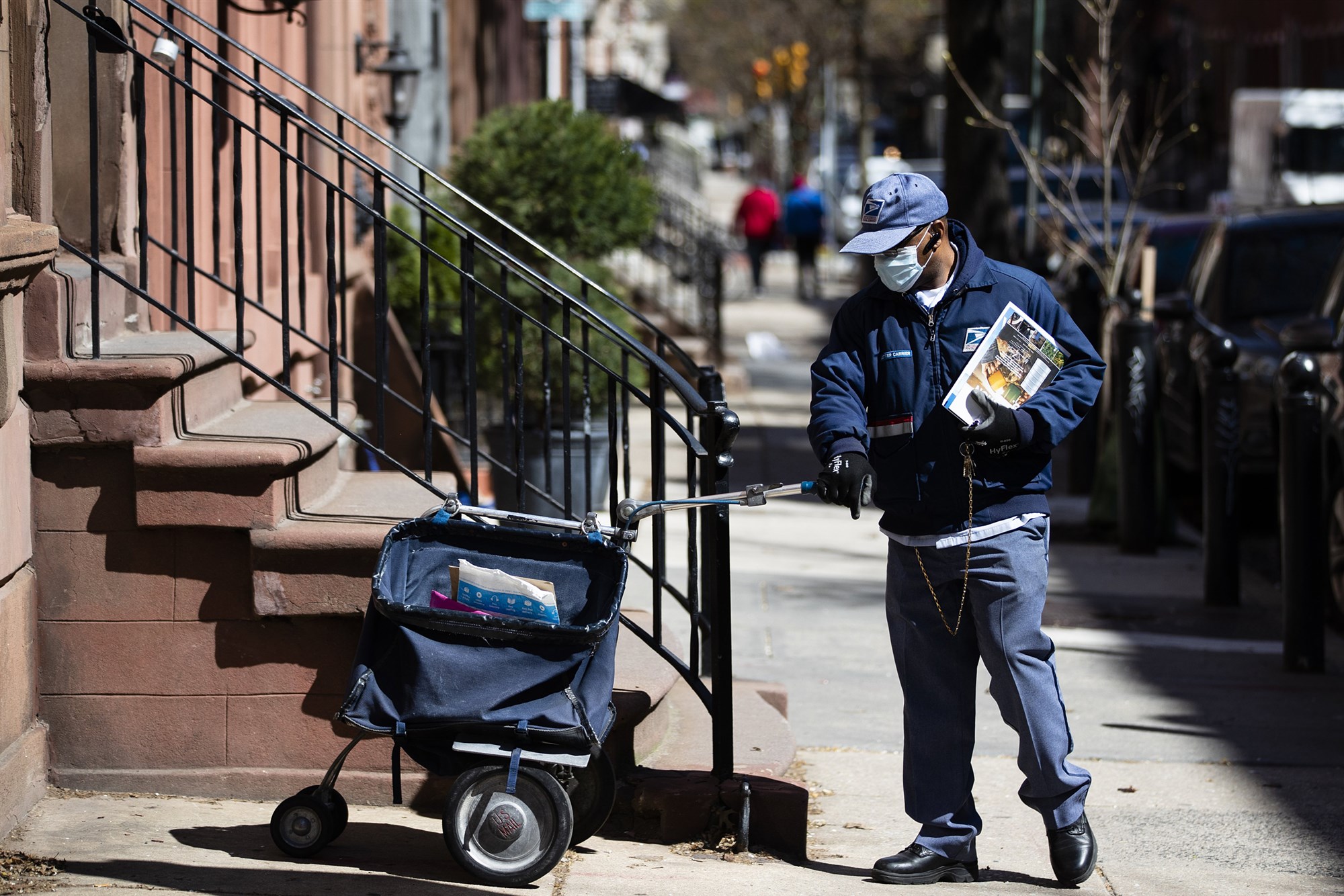Jan Stowe saw countless patients go through withdrawals during her 40-year nursing career, but last month she experienced it herself when the U.S. Postal Service failed to deliver her medication for chronic back pain and muscle spasms.
A nurse for combat veterans during and after the Vietnam War, Stowe said she could identify her own symptoms but couldn’t do anything but wait in her Traverse City, Michigan, home.
“I was jittery. I was anxious. I wasn’t able to concentrate. I was pacing. I was feeling nauseous. I was sweating. It was all the symptoms,” Stowe said of last month’s experience. “I mean, I’ve never taken heroin, but I’ve taken care of drug addicts. Now I know what it feels like.”
Stowe, whose back problems forced her into retirement, is among thousands of Americans who have missed their prescription medications because of Postal Service delays. A dramatic decrease in on-time deliveries since the beginning of July has put lives in jeopardy as a growing number of people depend on getting their prescriptions by mail.
The Postal Service manages 1.2 billion prescription drug shipments a year — or about 4 million each day, six days a week — the National Association of Letter Carriers reported earlier this year. That number has grown during the pandemic, and many recipients are accusing President Donald Trump and the White House of orchestrating mail delays to undermine mail-in voting. Postmaster General Louis DeJoy said last week that he would suspend any operational changes to the Postal Service until after the election to avoid any impact on voting by mail. But that doesn’t address secondary effects, such as delayed prescriptions and the economic fallout on small businesses.




